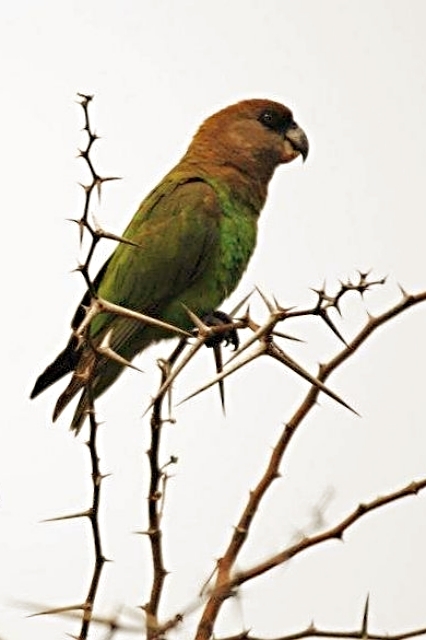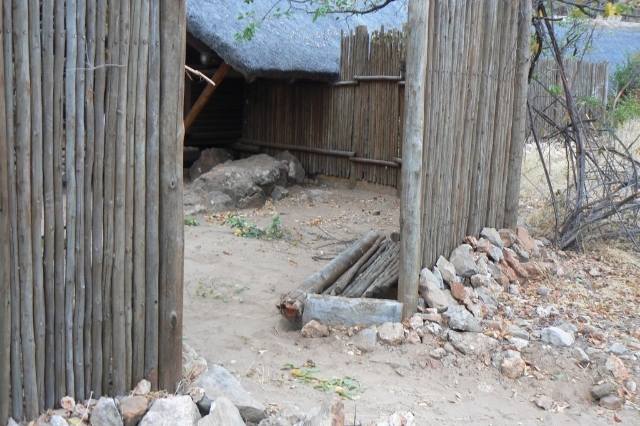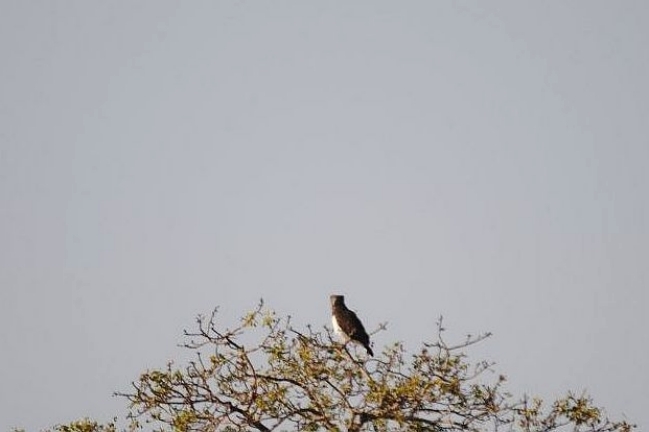Southern African Python Python sebae natalensis

Mapungubwe National Park, 21 August 2014
A long, thick-bodied snake with a broad, spear-like head .The greyish, leathery skin is covered with brown and rusty patches of various sizes, It prefers to hunt at night but is often seen basking in the morning sun. This nomadic species could be encountered in any habitat.
The largest snake in Africa,
Python sebae averages 3 to 5 m in length. There are reports of much larger African rock pythons, including a record from the Ivory Coast of a 7.5 m specimen, and a questionable report of another individual from the same country reaching a length of 9.8 m.
The Southern African Rock Python has very rarely been known to kill and eat humans. It locates its warmblooded prey with heat-seeking pits on the snout and strikes with a fearsome mouth full of very sharp teeth. Once caught, the prey is immediately smothered by the coiling body of the snake and slowly crushed with an intensifying grip. Experts have suggested that the prey actually dies from a heart attack rather than suffocation. Contrary to popular belief, large constricting snakes do not crush their prey to death, but rather asphyxiate or compress them until they die of cardiovascular shock. As the prey breathes out, the snake tightens its coils so that the prey cannot breathe in again. Eventually, the prey suffocates or expires from heart failure and is swallowed whole. Pythons are able to unhinge their jaws to facilitate swallowing large animals but this process can take many hours. Once inside the snake, prey can take many weeks, even months, to be digested and such well-fed beasts do not need to eat very often.
Unusually among snakes, female pythons are fantastic mothers, guarding their eggs (up to 100 although 30 is more common) with vigilance, and later the hatchlings, for several weeks.
African rock pythons occur throughout sub-Saharan Africa, although they avoid the driest deserts and the coolest mountain elevations. Two subspecies are recognized:
Python sebae sebae, northern African rock pythons, and
Python sebae natalensis, southern African rock pythons. The northern subspecies is found from south of the Sahara to northern Angola, and from Senegal to Ethiopia and Somalia. The southern subspecies is found from Kenya, Zaire and Zambia south to the Cape of Good Hope. The two subspecies overlap in some areas of Kenya and northern Tanzania. Some authorities recognize them as full species,
P. sebae and
P. natalensis.













